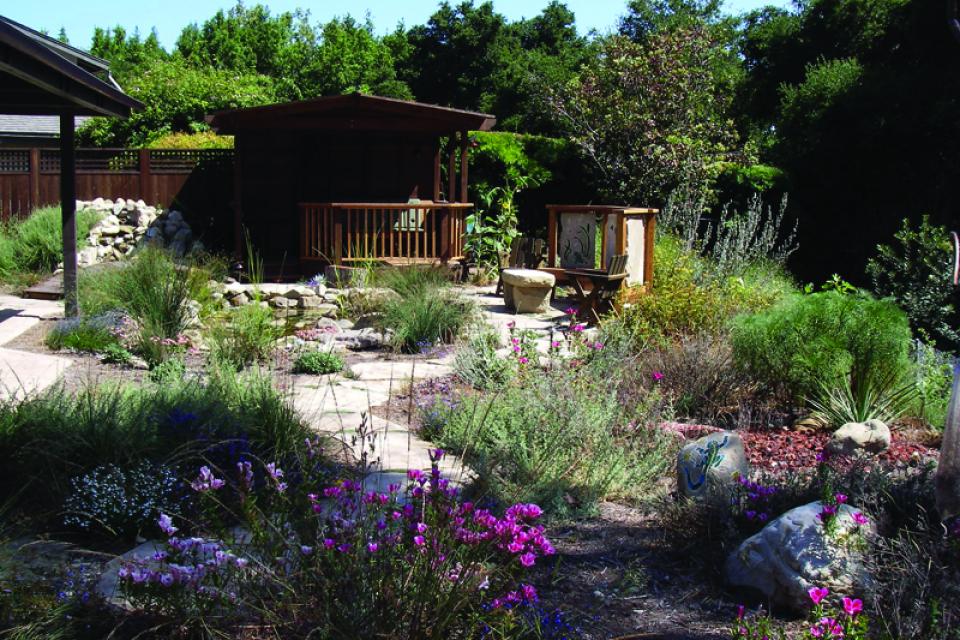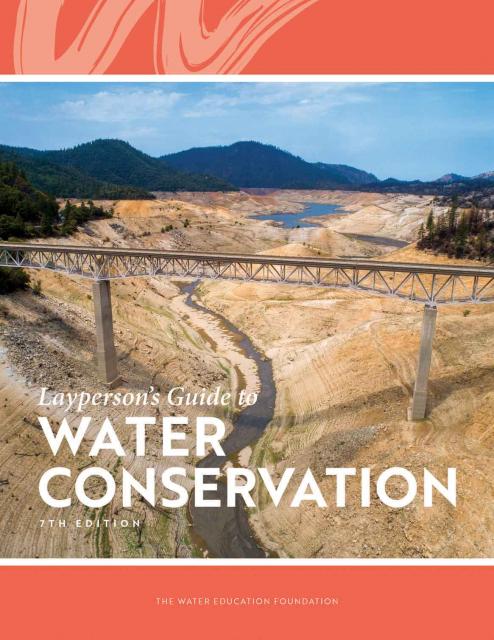Urban Conservation
Despite droughts, recession and natural disasters, California’s urban population continues to grow.
This population growth means increasing demand for water by urban areas—home to most of California’s population [see also Agricultural Conservation]. As of 2021, three of the nation’s 10 most populated cities are in California.
The state and agencies that supply water for urban uses view conservation as one way to narrow the gap between supply and demand. Overall, urban water use in California continues to trend downward. According to the Pacific Institute, an Oakland-based water policy research organization, there has been a “dramatic decoupling” between water use and growth. While California’s population has doubled since 1967, statewide water use increased by only 20 percent during that time because of improvements in urban efficiency and less water-intensive commercial and industrial activities.
Major ongoing challenges to urban water supplies include:
- Environmental degradation and water quality
- Legal and regulatory hurdles
- Climate change
- Drought
Urban Conservation Challenges
In response to these multiple challenges, California enacted legislation in 2009 designed to encourage water efficiency. Among the provisions was the goal of a 20 percent reduction in per capita urban water use by 2020. Urban suppliers not only met the goal but exceeded it, according to the State Water Resources Control Board.
About 450 of the larger urban water suppliers submit urban water management plans every five years to California’s Department of Water Resources. The plans include reliability assessments of water resources, accounting for normal, single dry and multiple dry years, and spell out demand-management measures.
The rate of urban water conservation keeps increasing, due to public education and agency rebate programs. Southern California’s population has grown by almost 30 percent since 1990, but the total demand for water during that time dropped by almost 20 percent. In 2019, the Metropolitan Water District of Southern California had its lowest daily per capita use on record with 120 gallons.
The severe drought that plagued California from 2014 to 2017 intensified the push for greater water savings in the urban sector. To accelerate the process, legislation was enacted in 2018 to set permanent overall targets for indoor and outdoor water consumption. The mandates for water agencies will gradually ratchet down indoor water use to 50 gallons per person per day after Jan. 1, 2030.
The law provides incentives for water suppliers to recycle water and identifies small water suppliers and rural communities that may be at risk of drought-induced water shortages. It requires urban and agricultural water suppliers to set annual water budgets and prepare for drought.
Urban Water Conservation Next Steps
As part of the water budget approach, more than 90 percent of residences and businesses are metered in California, which helps customers become aware of how much water they use. But some communities, such as Sacramento, do not have water meters on all homes (the city is in the process of installing them and expects to complete the work in 2021). Instead, customers without meters are charged a flat fee for their water no matter the amount used.
California has required water meter installation as part of all new construction since 1992. Water suppliers must install water meters on all customer connections by Jan. 1, 2025. All agricultural, urban and industrial customers receiving water from the Central Valley Project are required to be metered under conditions of the 1992 Central Valley Project Improvement Act.
Other key urban water conservation efforts include:
- Programs to promote installation of low-flow showerheads and ultra-low-flush toilets
- Aggressive leak detection
- Metering of all connections and billing based on amount used
- Commercial and industrial conservation programs
- High-efficiency clothes washing machine rebates
- Landscape water conservation programs
Urban water agencies also are required to develop water shortage contingency plans to prepare for drought or other natural disasters that cause water shortages. With funding from state and federal agencies, the California Water Efficiency Partnership built a website featuring best management practices to help measure water conservation.
Large urban water providers are investing significant financial resources in returning wastewater to municipal reuse after treatment. The process has been accelerated through the introduction and implementation of advanced treatment technology.
Landscape accounts for about one-half of urban water use and is seen as an avenue for further use reductions, particularly through landscape restructuring. Metropolitan’s Turf Replacement Program offers rebates of $2 per square-foot of grass removed. About 175 million square-feet of turf has been removed since the program began in 2014, according to Metropolitan.










